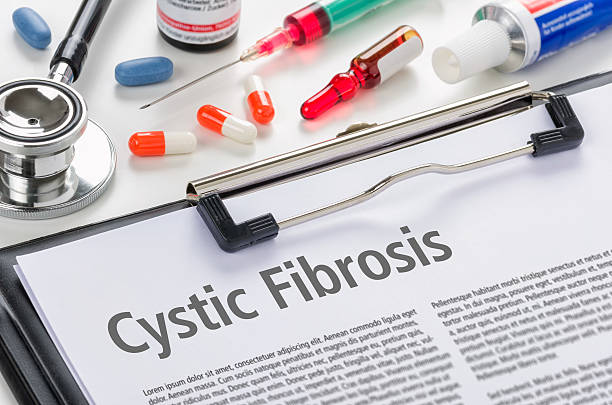
For the last 20 years, Robert Gadimian, has worked in the drug development and regulation sector, helping pharmaceutical companies get their products approved. In the United States, pharmaceutical companies must have their products approved by the FDA, and Robert Gadimian is extremely experienced with FDA guidelines.
The process for FDA approval involves five stages. The stages are as follows: discovery/concept, preclinical research, clinical research, FDA review, and FDA post-market safety monitoring.
The first thing a pharmaceutical company does is conduct laboratory tests. Then, the drug is carefully tested on – first on animals and then on human subjects. Afterward, FDA scientists review the research and guidelines the pharmaceutical company has compiled on how the drug will be used. The FDA’s goal is to determine whether the drug’s risks are higher than its potential benefits. They also verify that the drug can be manufactured in a way that ensures quality and safety. When the pharmaceutical company fulfills these conditions, the FDA allows the drug to be manufactured and marketed in the United States.
After production, the FDA continues to monitor the drug to make sure it does not cause health hazards.
from WordPress https://ift.tt/3eF7kOW
via IFTTT



